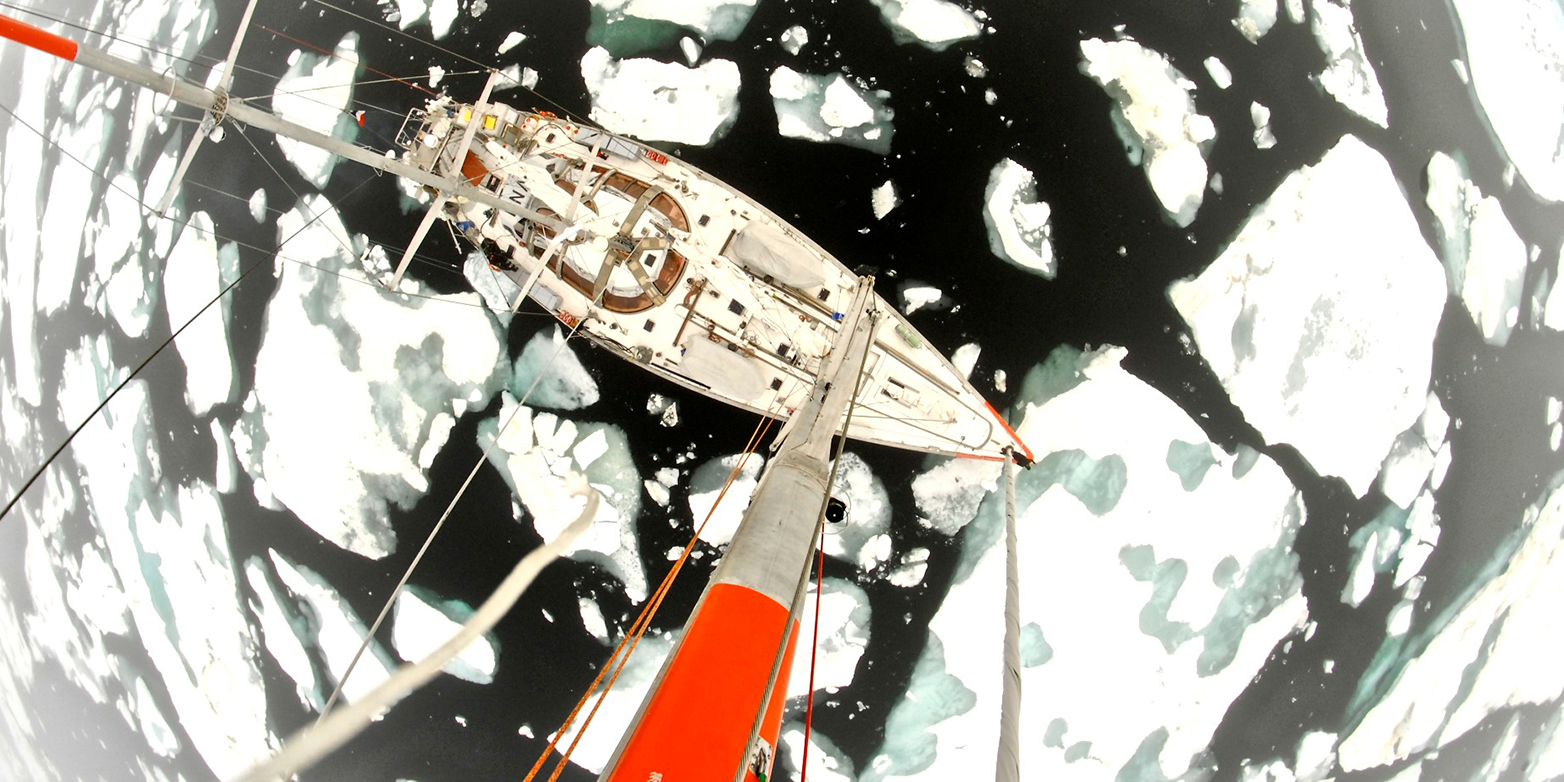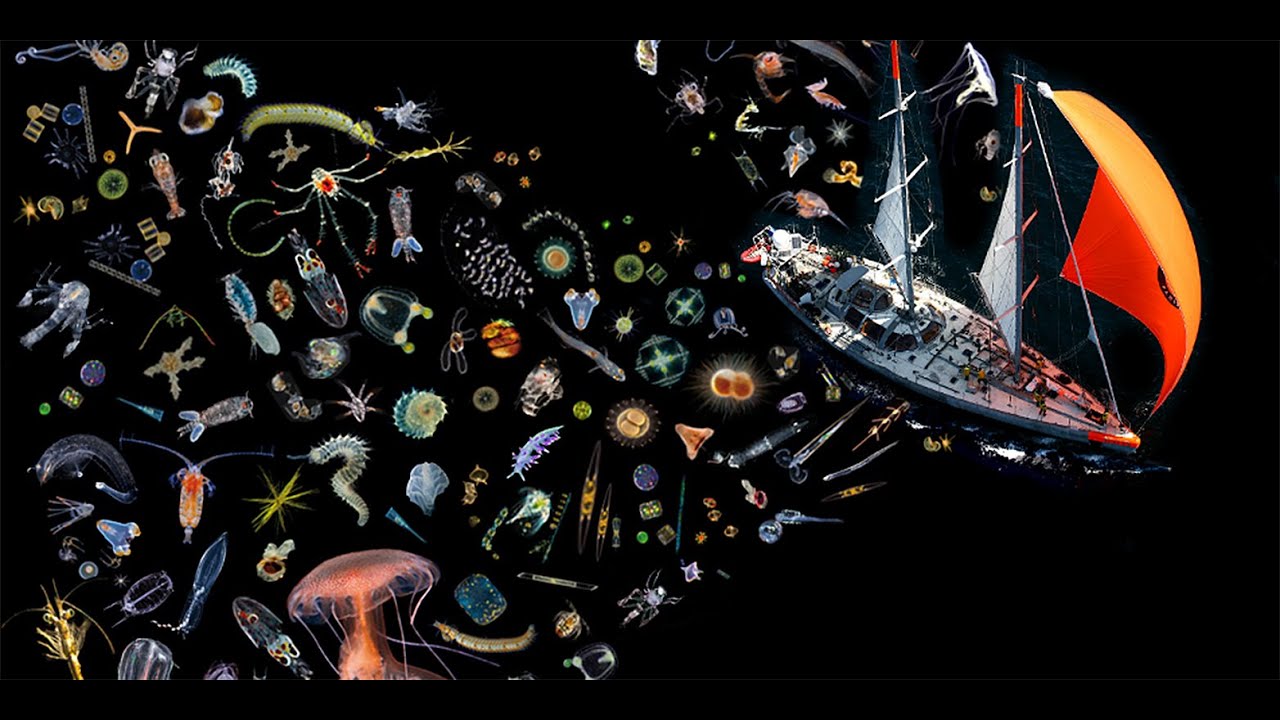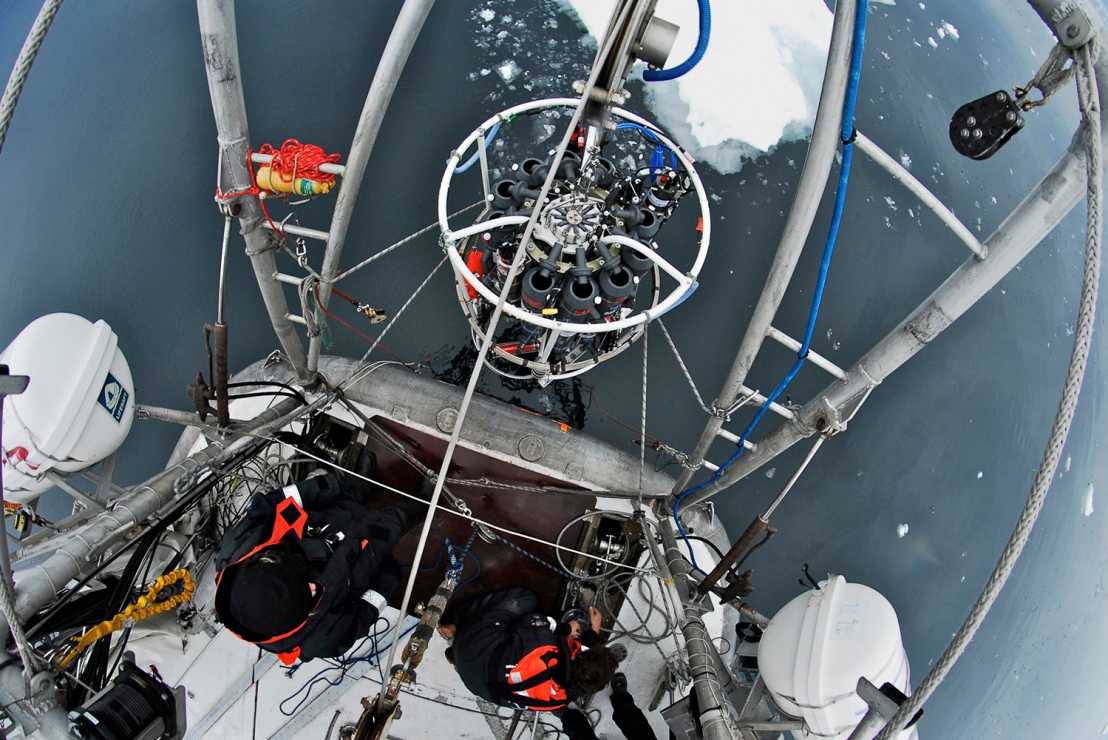Unevenly distributed plankton activity
An international research consortium with ETH participation demonstrates that marine plankton is more diverse in warm oceans than in polar seas, both in terms of species count and the biological activities of the plankton communities. Climate change could lead to a redistribution of plankton in the world’s oceans.

The ocean is the only continuous ecosystem on the planet. Countless viruses, microbes, unicellular plants and animals and tiny, multicellular animals – known collectively as plankton – drift freely with the ocean currents.
Although its components may seem small and insignificant, plankton has crucial functions. It forms the basis of all marine food webs, and in addition, photosynthetically active plankton constituents such as algae and blue-green algae produce enormous amounts of oxygen and simultaneously capture a large fraction of the atmospheric carbon dioxide.
In two new studies published recently in the journal Cell, an international research consortium, including the Microbiome Research group headed by ETH professor Shinichi Sunagawa, shows where the main groups of planktonic organisms are found and how they adjust to the environmental conditions in their respective marine areas.

Analyzing genes and their transcripts
In one of the two studies, Sunagawa and his group used hundreds of plankton samples from all oceans to study what are known as metatranscriptomes of bacteria and archaea. The samples were gathered between 2009 and 2013 with the sailing boat Tara during expeditions undertaken by the Paris-based Tara Ocean Foundation.
A metatranscriptome comprises all gene transcripts; i.e. RNA molecules that can be isolated from the mix of various planktonic bacteria and archaea.
The ETH researchers were then able to assign the RNA molecules to a gene using a database. The database, set up by Sunagawa’s group, contains 47 million gene records from an estimated 40,000 microbial species found in plankton across the world.
The researchers also measured how many times an RNA molecule was present in a sample. The number of RNA molecules is an indication of the activity of a gene at the time of sampling. Researchers can use this information to draw conclusions about microbial activity, for example, certain metabolic processes and adaptive mechanisms used by microbes to adjust to their environment.
Diversity is highest around the equator
These analyses demonstrate that planktonic microbial communities in warm waters have a greater variety of species and a larger gene pool than their counterparts in colder waters. This makes microbes from warm waters “more flexible”; they are able to turn different genes on or off as a community when needed, allowing them to more quickly adapt their metabolism to higher water temperatures as needed.

Microbial communities in the colder polar seas north and south of the 60th latitude feature fewer species and are genetically less diverse. This makes it harder for these communities to adapt to higher water temperatures. “Our findings indicate that they could be more specifically adapted to their particular niche environment. As a result, they may be less able to adapt their metabolic processes to warmer water temperatures, such as those that will arise in polar waters as climate change develops,” says Sunagawa. For this reason, microbes from cold waters could eventually be displaced by the competition from warmer oceans.
This idea is supported by the second study, which was also published in Cell today and for which Sunagawa and his scientific staff member Guillem Salazar were co-authors. In this study, researchers led by Lucie Zinger and Chris Bowler from CNRS and ENS, Paris, investigated the worldwide diversity and distribution of various major planktonic groups, including viruses, single-cell eukaryotes and animal matter.
They show that although plankton lives in a continuous ecosystem, it is unevenly distributed. The highest biodiversity can be found in non-polar seas, and variety decreases towards the poles.
Climate warming changes composition
This decrease coincides with abrupt changes in the chemical and physical conditions of surface waters, which in turn lead to changes in the composition and amount of microbial communities in these three areas. “Here, too, temperature is the key factor that controls the biodiversity of plankton communities,” says Zinger. Northern seas are important fishing grounds: they rely on the current state of plankton, which is the basis of all marine food webs. If the composition of the plankton changes, the food resources for fish and other higher marine life, and thus also for humans, could change massively.
The consequences of global ocean warming are currently not predictable, particularly in the polar regions. However, Sunagawa believes that they will be negative rather than positive, and stresses that the environmental impact of other temperature-dependent factors, such as oxygen depletion and ocean acidification, need to be better understood. As a researcher of data-intensive analyses, he therefore advocates for long-term, interdisciplinary ocean observation projects.
The research consortium’s studies are based on several expeditions conducted by the Tara Ocean Foundation between 2009 and 2013. These involved more than 120 researchers who gathered plankton samples from surface waters and from water depths down to 1,000 metres across 210 locations along various transects in all oceans. The aim of the expeditions was to investigate planktonic ecosystems in the context of climate change.
References
Salazar G et al. Gene Expression Changes and Community Turnover Differentially Shape the Global Ocean Metatranscriptome. Cell (2019), published online Nov 14th 2019. doi: external page10.1016/j.cell.2019.10.014call_made
Ibarbalz FM. Global trends in marine plankton diversity across kingdoms of life. Cell (2019), published online Nov 14th 2019, doi: external page10.1016/j.cell.2019.10.008call_made
